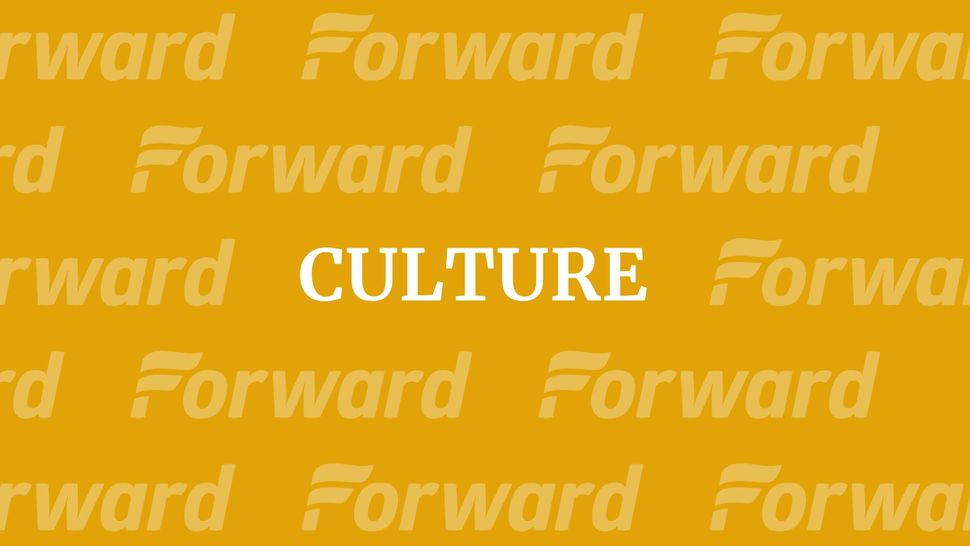Bringing Mindfulness to the Break Fast Table

Image by Myrite Rotstein
With the days of Yamim Noraim almost at their beginning not only have my thoughts turned to the dishes I want to make for all the glorious holiday meals that are coming up, but also to the fast of Yom Kippur that will end this time of introspection and atonement.
Fasting is a ritual that is not only central within Jewish tradition but stretches across other religious traditions. Muslims practice the month long fast of Ramadan, while adherents of various Christian denominations, such as Catholicism and the Eastern Orthodox Church, fast during the period of Lent. The Baha’I religion has a feast similar to Ramadan and the first Sunday of each month is a fast day for Mormons.
These periods of fasting offer us the opportunity for intense spiritual connectedness and spiritual nourishment. Yet there is no doubt that by the end of the fast people’s thoughts are begin to turn towards the long awaited break-fast meal.
Within the Ashkenazi community this meal usually consists of a dairy meal often made up of a variety of dishes such as bagels and cream cheese, coffee cake, blintzes and noodle kugel. The tradition of having a dairy meal within Ashkenazi tradition developed not only because dairy dishes are often simple to prepare but they are also easier for the body to digest than meat. In the Encyclopedia of Jewish Food Gil Marks also explains that the whiteness of milk ties into idea of purity that is central to Yom Kippur.
It is traditional for many Sephardic communities to break the fast with a cool and refreshing drink, the type of which will vary from community to community. A melon seed beverage called pepitada is traditional among Greek and Turkish Jews; flavored coffee is served within various Sephardic communities, while the Bene Israel of India drink sherbet, which is made by boiling raisins in water and straining the liquid.
A drink of sweetened almond milk flavored with cardamom called Hariri is traditional to the Iraqi Jewish community who believe it to be a beneficial lubricant for an empty stomach. This delicious almond based drink also has important connections to Jewish traditions due to the fact that the almond is one of only two nuts, along with pistachios, mentioned in the Torah.
When we are faced with an elaborate spread of mouthwatering foods after having not eaten for all those hours, many of us feel entitled to binge and eat as much as we possibly can. I’ve definitely been guilty of this in the past, yet this is exactly the opposite of what the body needs, for it can cause stomach pains or feelings of sickness. Rather it is important to be easy on your body and to gently restore it after fasting.
To do so we should take inspiration from other groups who break their fast with lighter meals. Often the first thing that many Muslims will eat when breaking the fast on Ramadan are dates. Another popular break-fast dish during Ramadan is the Moroccan harira soup made of tomatoes, lentils and chickpeas. This is a custom that the Moroccan Jewish community also adopted for their post Yom Kippur meal.
Even more important than breaking your fast gently is bringing a healthy mindset to the fast itself. Fasting on Yom Kippur shouldn’t be about deprivation, but introspection. To help bring more mindfulness to the days of awe my friend Myrite Rotstein, who is a food and wellness coach will be leading a 10-day “cleanse through a Jewish lens” to help nourish your mind, body and spirit during this important time of year. This is a “virtual cleanse” so you can participate from wherever you are in the world. It’s also a communal cleanse, which means you’ll be able to share your experience with other likeminded participants. Check it out
Here are Myrite’s 5 tips for a more mindful break fast:
1) Start with something light to break your fast. Try a cup of tea, some soup or a light salad. Before eating ask, “what would satisfy me?” Assess all of the food at the buffet table before filling your plate.
2) Take a smaller plate. Our eyes are often bigger than our stomachs. Many studies have shown that large plates and serving sizes will cause us to eat more. To stop unconscious grazing, start with a smaller serving, and then if after 20 minutes you’re still hungry, give yourself permission to eat more.
3) Give food your full attention and get off auto-pilot. When we shovel our food we don’t really taste it and our brain interprets this as, “I haven’t eaten.” It will keep looking for food until it feels full, leading you to overeat. Reduce distractions and sit down to eat even if it’s just a small bite-size cookie.
4) Listen to your body. Pay close attention to your body’s signals. Notice before eating how hungry you are and serve yourself accordingly. If you pay attention, your body will tell you when you’ve had enough.
5) Find your “enough” zone. Discover the sweet spot between feeling satisfied and over indulging. It’s easy to say, “I just fasted, I’m going to eat what I want” but how does that make your body feel afterwards? Be gentle and kind with yourself. Feel what it’s like to slow down by putting your fork down between bites, notice your satisfaction level and put your plate in the kitchen as a signal that you are done.
Here’s to a meaningful fast and a break-fast that restores and rejuvenates.
Katherine Romanow is a graduate student in Montreal who is lucky enough to have been able to convince people to let her study two things that she is truly passionate about, namely food and Judaism. She writes for “Jewesses With Attitude” and can be found at http://jwa.org/blog/author/katherine-romanow
A message from our Publisher & CEO Rachel Fishman Feddersen

I hope you appreciated this article. Before you go, I’d like to ask you to please support the Forward’s award-winning, nonprofit journalism during this critical time.
We’ve set a goal to raise $260,000 by December 31. That’s an ambitious goal, but one that will give us the resources we need to invest in the high quality news, opinion, analysis and cultural coverage that isn’t available anywhere else.
If you feel inspired to make an impact, now is the time to give something back. Join us as a member at your most generous level.
— Rachel Fishman Feddersen, Publisher and CEO























